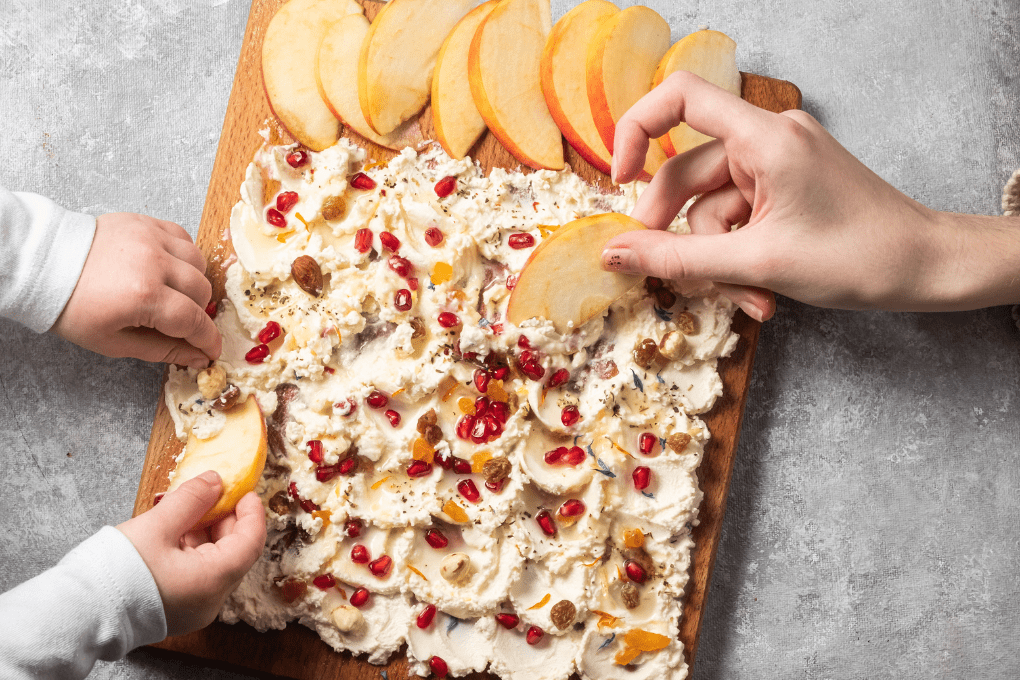Butter Origin & History
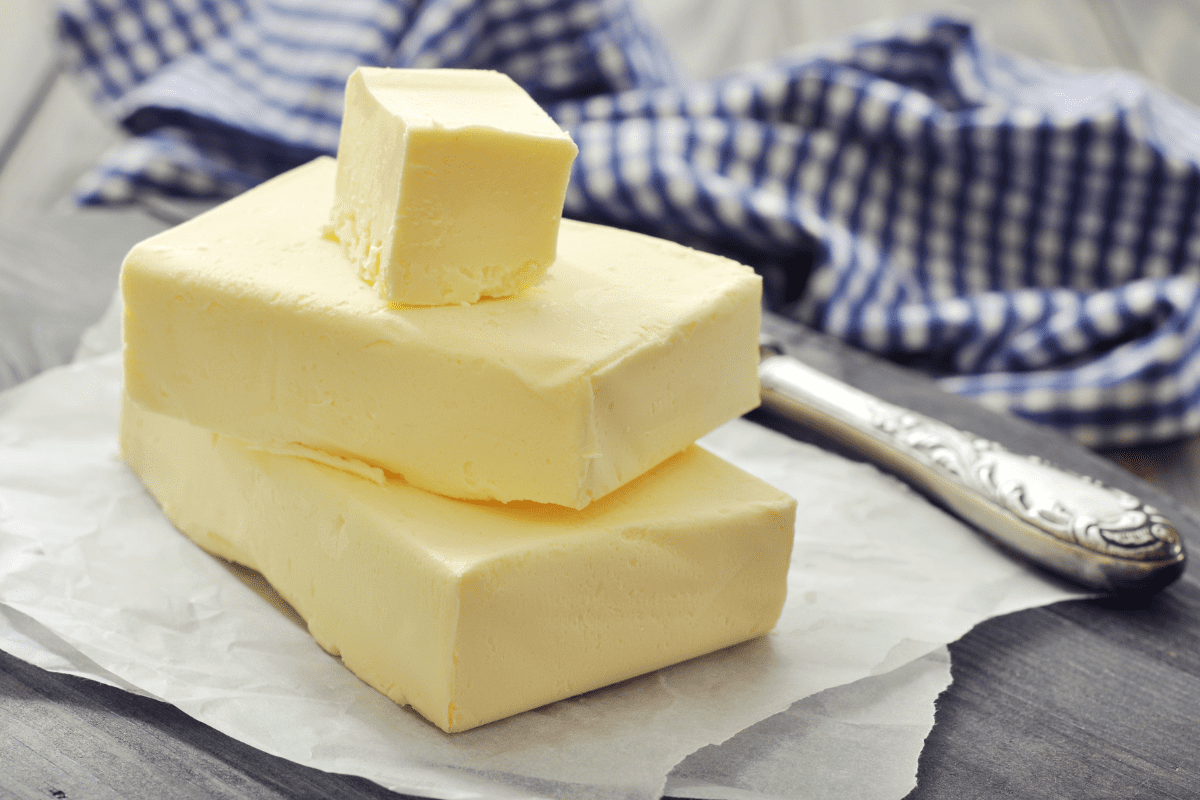 Butter has been a staple in cuisine around the world since its discovery. According to Butter: A Rich History, its beginnings can be traced back to ancient Africa 8000 B.C. A herder found that the warm sheep’s milk strapped to the back of one of his sheep jostled in travel and curdled into something remarkably tasty. The first butters came from the milk not of cows, but of other domesticated animals, like yak, sheep, and goats.
Butter has been a staple in cuisine around the world since its discovery. According to Butter: A Rich History, its beginnings can be traced back to ancient Africa 8000 B.C. A herder found that the warm sheep’s milk strapped to the back of one of his sheep jostled in travel and curdled into something remarkably tasty. The first butters came from the milk not of cows, but of other domesticated animals, like yak, sheep, and goats.
In ancient Rome, butter was swallowed for coughs or spread on aching joints. In India, Hindus have been offering Lord Krishna tins full of ghee —luscious, clarified butter —for at least 3,000 years.
Butter making was introduced in America in 1607 by the Jamestown colonists, who brought the first dairy cows. The first step in producing butter is to separate the cream from the milk. This was done by placing the milk in pans to let the cream rise to the top.
Interesting fact: Butter may have inspired the first known student protest in U.S. history: Harvard University’s Great Butter Rebellion of 1766.
Today, butter in its many flavorful forms is the world’s most popular fat. It’s a versatile spread, a delicious enhancer, and is an essential ingredient for baking.
Butter Calories and Nutrition
Butter can fit into an overall nutritionally balanced diet. One teaspoon provides about 34 calories and 4 grams of fat, which can fit into the 10 percent of total calories (based on a 2,000 calorie per day diet) from saturated fat maximum recommended by the Dietary Guidelines for Americans (DGA).
Butter contains little to no lactose at .003 g lactose per teaspoon and can be a lactose intolerance friendly option.
What Does the Research Say?
Research suggests that full fat dairy foods can fit within healthy eating patterns. A large body of evidence published over the last two decades indicates that total dairy consumption, whether full-fat or low-fat, does not increase risk for CVD.
A 2018 randomized controlled trial found that saturated fatty acids from butter can increase how well the good cholesterol carrier HDL works in our bodies and a 2016 systematic review and meta-analysis showed a neutral association between eating butter and risk of cardiovascular disease (CVD) and type 2 diabetes. Additionally, branched-chain fatty acids are a type of fatty acid that can be found in the highest amount in dairy products, like butter. The potential benefits of branched-chain fatty acids include weight maintenance, energy homeostasis, and improvements in insulin sensitivity.
The health benefits of whole fat dairy products may be linked to the dairy matrix or unique physical structure. More research is needed to understand the dairy matrix and its promising impact on health.
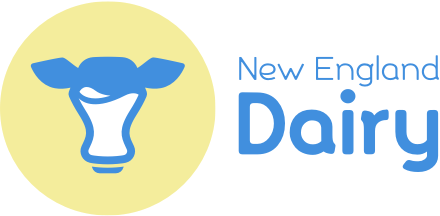
 Butter has been a staple in cuisine around the world since its discovery. According to
Butter has been a staple in cuisine around the world since its discovery. According to 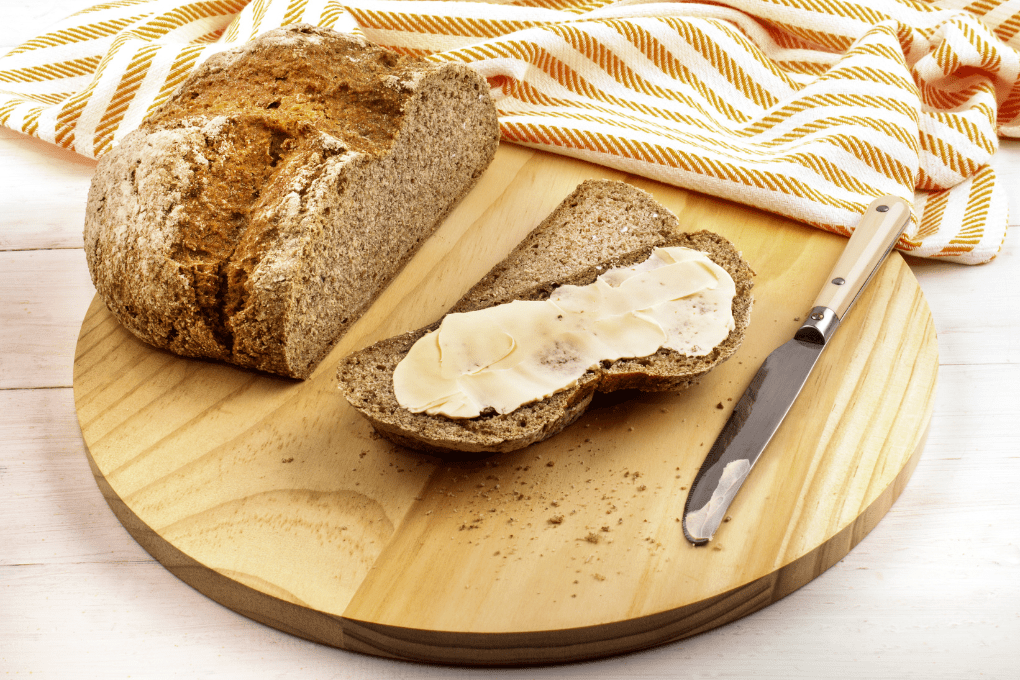
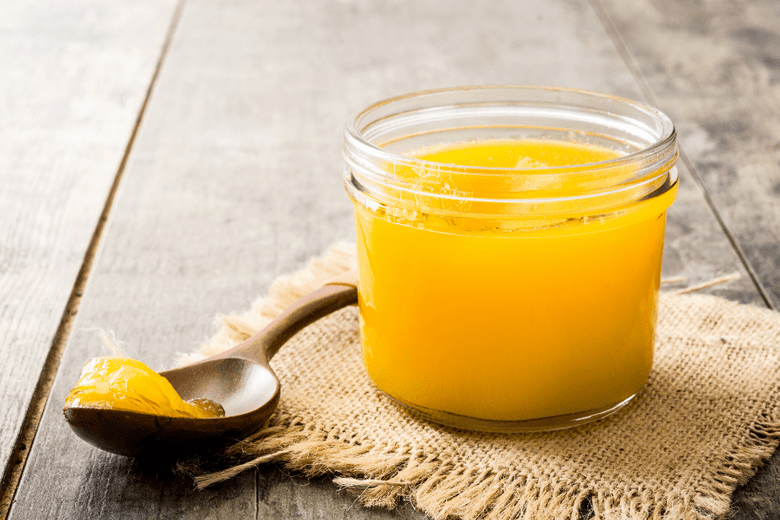 Traditional butter is made from pasteurized cream and can be
Traditional butter is made from pasteurized cream and can be 